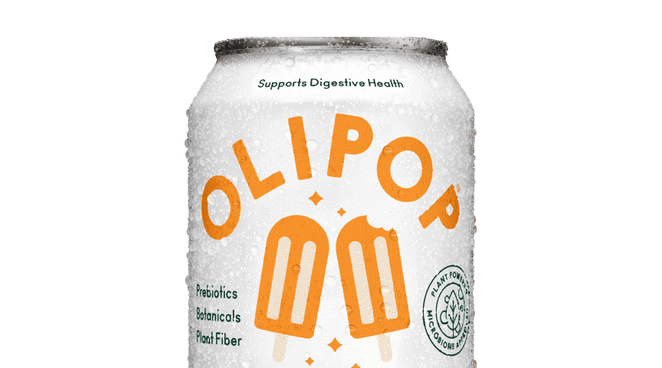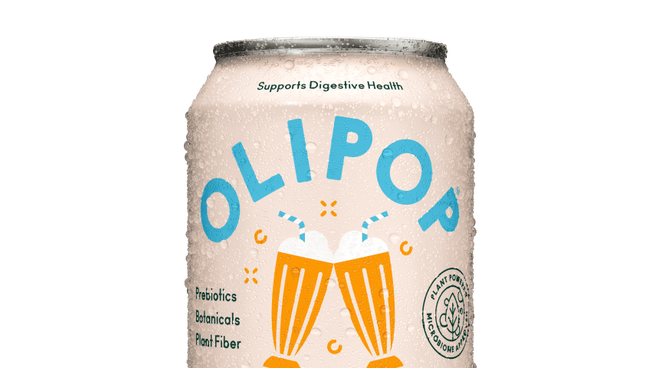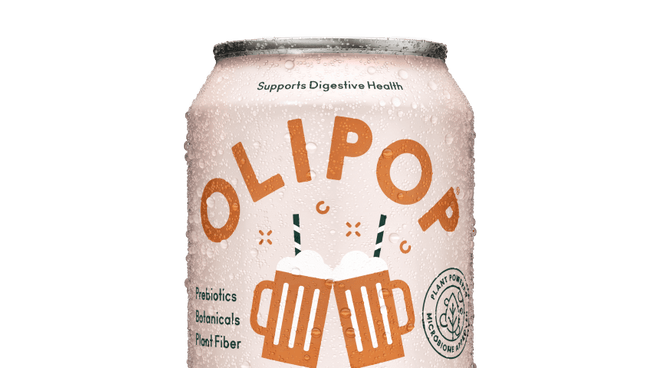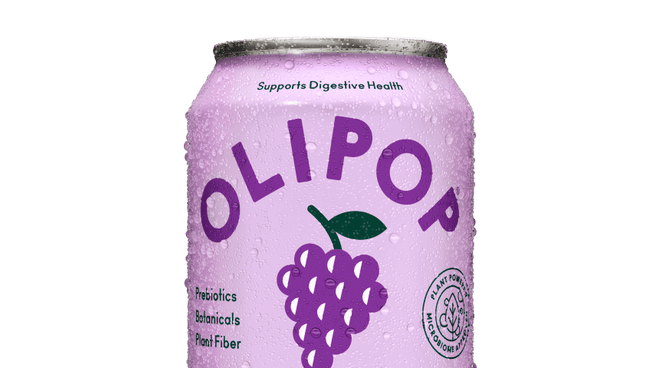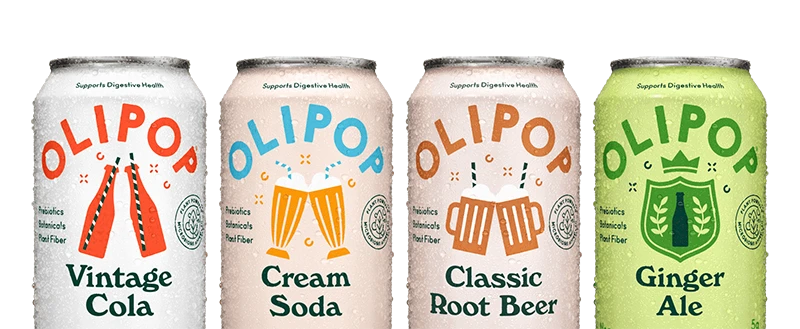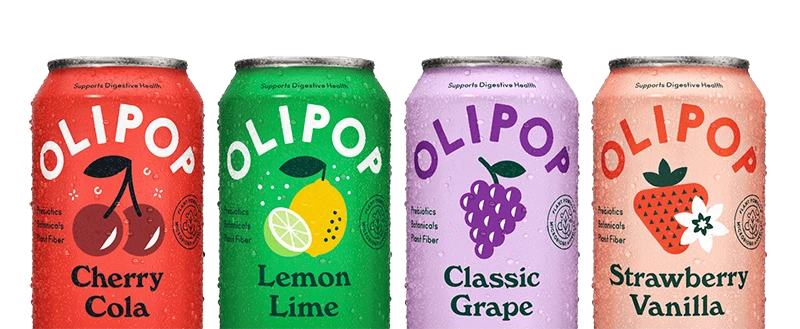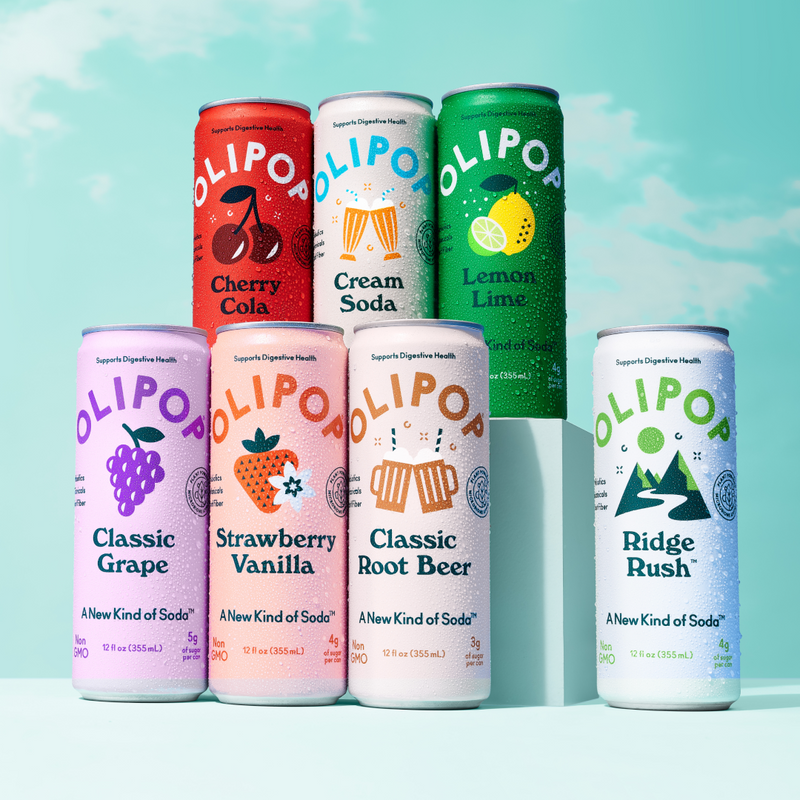Believe it or not, soda wasn’t always a sweet treat to sip at a backyard BBQ. The very first fizzy drinks were actually "health tonics," brewed up by pharmacists with the hope of curing what ailed you. Fast forward a few decades, and those bubbly potions have transformed into the sugar-packed cans most of us recognize today. And when people started to wonder if all that sugar might be too much of a good thing, a new kind of soda burst onto the scene: diet soda.
Diet soda made a big promise—all the flavor, none of the calories. For a while, it seemed like the perfect swap. But as tastes changed and ideas around wellness evolved, that iconic "diet" label started to lose its sparkle. Let’s take a little fizzy stroll down memory lane to see how we got here.
History of Diet Soda
The Birth of "Diet" Soda
The first diet soda popped onto shelves in the early 1950s, originally crafted for those managing specific health conditions. But it didn’t take long for dieters to latch onto the idea of a guilt-free soda fix, and suddenly, a whole new soda category was born.
At first, these diet drinks weren’t hanging out in the soda aisle—they were tucked next to medicines. But the more soda lovers embraced them, the more they moved into the spotlight. It didn’t take long for diet soda to go mainstream, served up in shiny cans promising flavor without the sugar rush.
The Era of the "Zero"
As time went on, soda makers started to realize that the word "diet" didn’t have quite the same appeal it once did. Consumers wanted drinks that felt fresh, bold, and fun—not a reminder of rules and restrictions. So "zero" sodas entered the chat. They swapped the word "diet" for "zero sugar" and gave their packaging a modern makeover, hoping to catch the eye of younger generations.
Despite the shiny new look, these zero-sugar sodas weren’t all that different from their diet ancestors—same artificial sweeteners, same lack of nutrition, just a little rebrand to keep up with the times.
So… Why Are Diet Sodas Fading?
At the end of the day, today’s drinkers want more from their beverages. They’re not just looking to subtract sugar—they’re craving something they can feel good about adding to their day. The "nothing in, nothing out" approach of diet soda isn’t cutting it anymore.
That’s where a new generation of drinks comes in: functional beverages. These are the sips that bring a little something extra to the table, from fiber to functional ingredients, and they’re rewriting the rules of refreshment.
The Future is Functional
The soda story isn’t over—it’s just evolving. Today’s soda lovers want more than a bubbly break. They want flavor, fun, and something that fits into the way they’re already living. Whether it’s extra fiber to help bridge that fiber gap or a more thoughtful ingredient list, the new wave of soda is all about flavor and function.
So next time you reach for something fizzy, think about what you’re really craving. Because the future of soda isn’t about what’s missing—it’s about what’s inside.
The Rise and Fall of Diet Soda: The Takeaway
To summarize, soda has made a journey from health tonics to diet drinks to zero-sugar beverages. These "zero" sodas are zero calories, zero sugar, and also zero nutritional benefits. They have nothing in their ingredients that any health expert would deem good for you. Sometimes, less is just less. And when it comes to soda, zero just isn't cutting it anymore.
Today, we've entered a new era in the soda landscape: functional beverages. Consumers are no longer interested in a beverage that's simply lacking unhealthy ingredients. They're craving something more.
Instead of riding the tailwinds of zero nutrition, OLIPOP entered the scene to create a new kind of soda that addressed this need. OLIPOP is the culmination of over fifteen years of research and formulation experience. Our functional formula combines up-to-date microbiome and digestive health science with the knowledge of top researchers around the world. They're sweetened with ingredients like stevia, cassava syrup, and fruit juices, and brimming with high fiber.
If soda drinkers swapped out the zero-benefits stuff for a can of OLIPOP each time, they'd add much-needed fiber to their diet. Not to mention, it tastes delicious. Which leaves you wondering, what's the point of a diet soda anyway?
Sources
- LaBarre, Suzanne. “A Brief History of Tab, the Iconic Diet Soda That’s Headed to the Graveyard.” Fast Company, 30 Nov. 2020, https://www.fastcompany.com/90580210/a-brief-history-of-tab-the-iconic-diet-soda-thats-headed-to-the-graveyard.
- Wiener-Bronner, Danielle. “‘Diet’ Soda Is Disappearing from Store Shelves.” CNN, 14 Dec. 2021, https://www.cnn.com/2021/12/14/business-food/diet-soda-zero-sugar/index.html.
- Thompson, Derek. “Diet Coke’s Moment of Panic.” The Atlantic, 14 Jan. 2018, https://www.theatlantic.com/business/archive/2018/01/diet-coke-new-can/550478/.
- Noel, Hayden. Basics Marketing 01: Consumer Behaviour. AVA Publishing, 2009.
- Haney, Stephanie. “What’s the Difference Between Diet Coke and Coke Zero Sugar?” POPSUGAR, 9 Mar. 2018, https://www.popsugar.com/fitness/What-Difference-Between-Diet-Coke-Coke-Zero-Sugar-44562315.
- Like regular soda, diet soda was also originally created as a “healthy” beverage.
- Diet sodas have shifted from their “health tonic” classification, and are now barely recognizable compared to their original roots.
- After journeying from health tonic to diet soda, we're now seeing a decline in the popularity of diet soda as consumers shift their interest to functional beverages.

